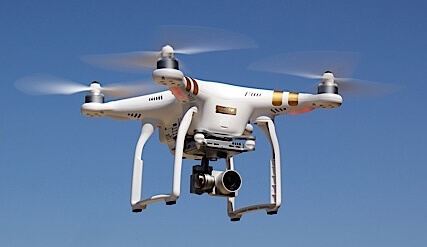The People Come First
Mostly everyone wants what is best for wildlife and nature, but keep in mind, the well being of humans will always come first. In this post, I am going to be talking about some of the ethical issues conservation biology faces with scientists and the public, as well as problems scientists face with themselves when trying to come up with the best conservation plan for a certain situation or area.
Although there is disagreement regarding the proper human relationship toward the rest of the natural world, most conservationists agree that biological diversity is valuable and that the extinction of species should be avoided where possible (Cafaro and Primack 2001). With our ever increasing population, conservationists’ are pushed even harder to consider nature along with the needs of people. People require the extraction of resources at an alarming rate. You can just about imagine what kind of controversy this could bring up. Conservationists’ have to find the perfect median, to protect wildlife and ecosystems the best they can, while keeping the needs of the people first. Resources need to be harvested at a rate that benefit humans, while trying not to cause overexploitation. Overexploitation, is the harvest of natural resources faster than they can naturally recover. A code of Ethics Statement: “Recognize that uncertainty is inherent in managing ecosystems and species and encourage application of the precautionary principle in management and policy decisions affecting biodiversity.” (SCB 2017). Once a conservation method is set into place, it can generally be irreversible. Scientists’ must think it out in full beforehand.
Not Everyone Can Agree With Conservation Today
An article states that some will say that conservation as a whole does more harm than good. Some will have disregard for current environmental factors. Some will say damage is inevitable, this may be true. Rosaleen Duffy, a world expert on the ethical dimensions of wildlife conservation and management has a book, ‘Nature Crime’ and infers that we are getting conservation wrong. While she does not have complete disbelief in conservation, she thinks the way it is being handled is wrong.
Dilemma Between Types of Conservation
While this is old news, it is still important and still thought of today when conducting conservation practices. Should conservation practices focus on the strategy of a network protected areas, or should we concentrate on changing the attitude to the entire biosphere (worldwide sum of all ecosystems) and adopt an environmental ethic? In this article, two well known conservationists’ each have a standing of their own on these two ideas.
Where Do I Stand?
I think both types of conservation mentioned by Leopold and Pinchot are important. It is very difficult to pick a side on the matter. I feel that having the world adopt environmental ethics as whole is a very difficult matter and is only becoming more difficult. In the long run, I do think Leopold’s idea is the best idea. Having everyone with environmental morals. I think this because I think of the big picture, one day we might not even have the land for nature preserves. Short term, I love the idea of natural preserves, they do a great job of keeping biodiversity and healthy ecosystems. Ideally, I think both together are good.

I think conservation definitely does more good than harm, we hurt the earth a whole lot more than we’re hurting ourselves. An article, talks about conservation and human well being. Do some conservation interventions impact human well being? Yes, I do believe so, but I do not think it is significant. While there is some militarized conservation efforts happening, and lives being taken, I believe it is for the greater good of honest people and wildlife. However, some conservation practices around the world may need to be revised. Perhaps Duffy’s support of Ecotourism.
It will help us all to learn more about this matter so, please leave any comments or questions you may have regarding this blog or topic. Thank you!







